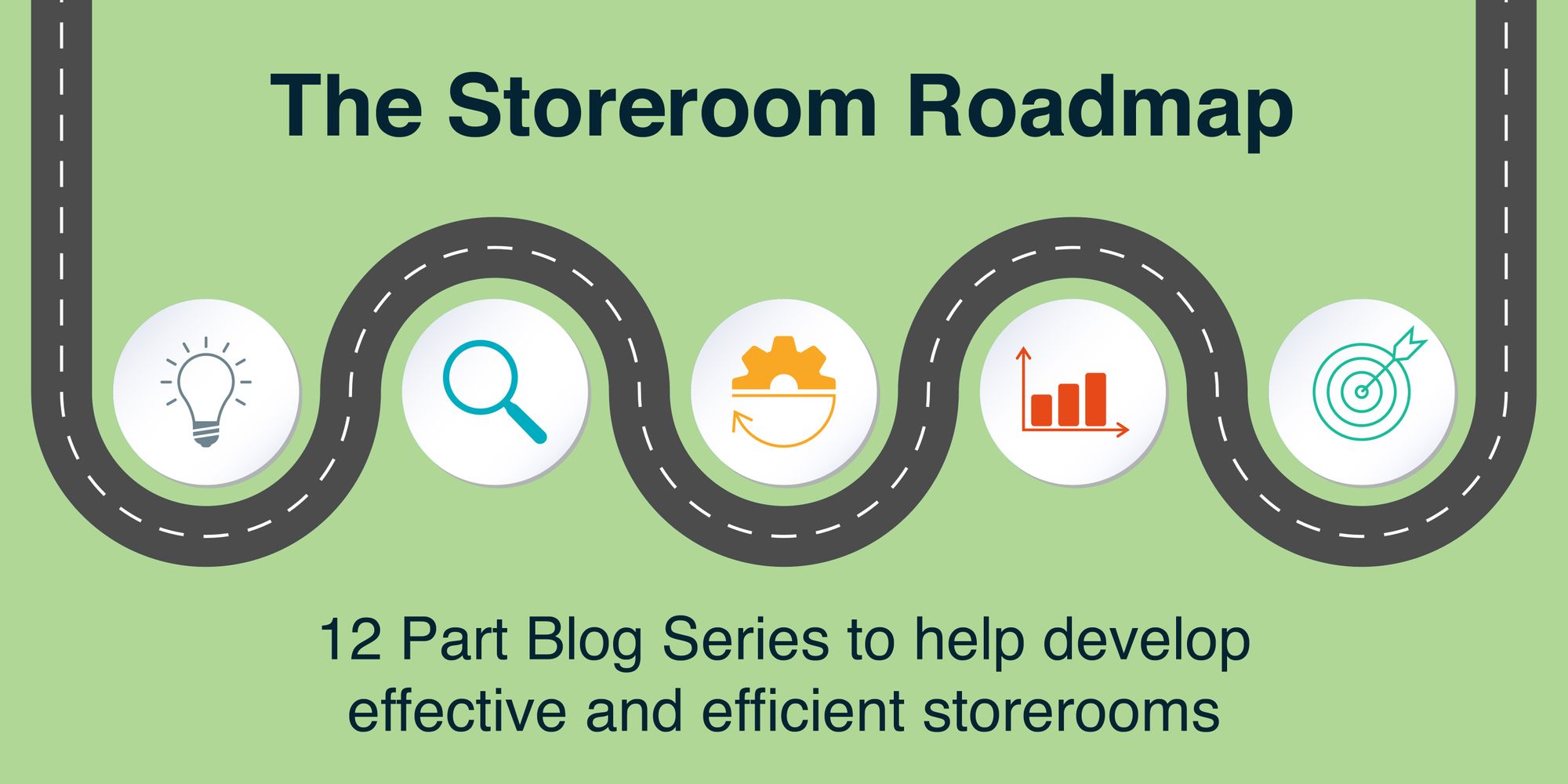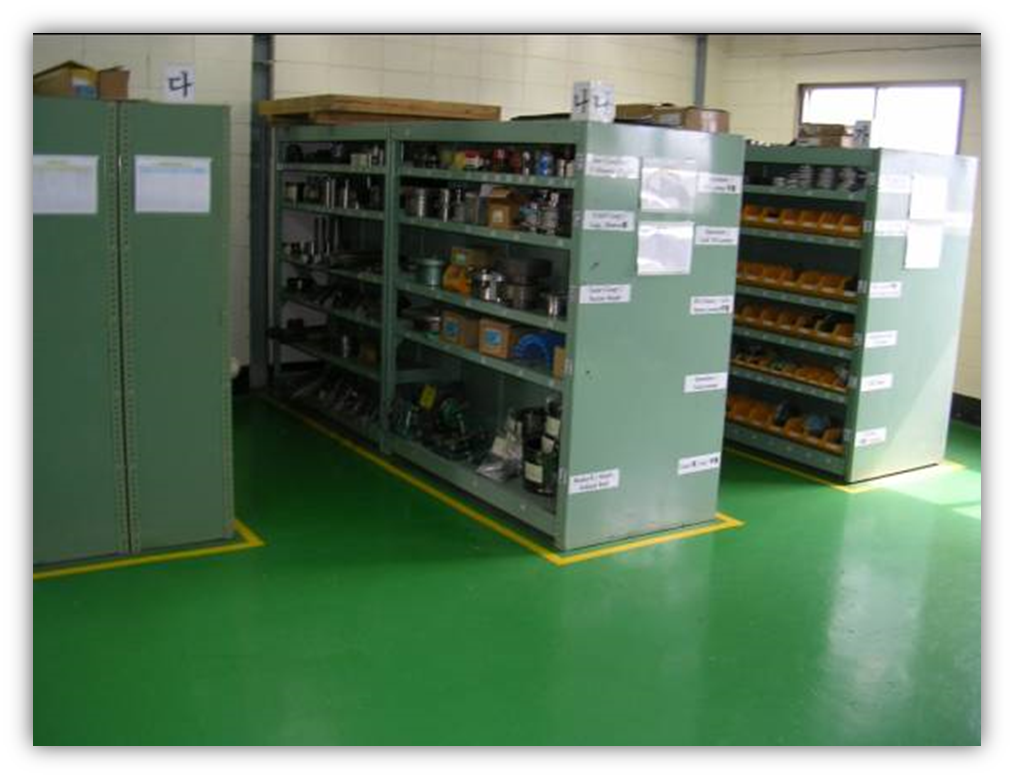The Storeroom Roadmap Pt. 1: Introduction to World Class Inventory Management

Welcome and thanks for visiting! This is the first edition in a 12-month series of blog entries, designed to discuss and explain high level storeroom performance. It should also help create a compelling case for change at your plant or location.
I’ll be writing a blog every month covering key challenges and discussions around Storeroom and Materials Management. I welcome you to review the material and to comment below and let us know your experiences, thoughts, and points of view. Let’s have a conversation and some robust dialogue on this very important subject.
What does World Class mean?
As a reliability consultant, I use the term “World Class” often, and if you’ve had consultants in your facility or gone to any outside training, you’ve no doubt heard this phrase. It’s likely that our earliest exposure to the term came from the world of sports, as Olympians are said to be world class athletes. The Olympic motto “Citius, Altius, Fortius” convinces us that the participants are those among us who are “Faster, Higher, Stronger.”

But it isn’t only the gold medal winner that is considered to be world class: it’s anyone that can consistently perform at a high level. There are two very important terms in the last sentence that I want you to understand before we move on: consistently and high level. We don’t reward one-time success. Just reaching a goal isn’t good enough. Sustained and consistent behavior and performance gets the prize. High level should be a rhetorical point. The high level, or to be among the best of the best, is the target we hope to achieve.
What we’re going to discuss throughout this blog series is how to move your storeroom from the current state to a world class state.
I’ll start with the core metrics and calculation formulas that I will be referencing throughout this blog series.
Inventory Accuracy Level 98%
Number of line items counted with a correct inventory count
Number of line items counted (total)(multiply by 100 to get a percentage)
This is a ‘lagging indicator’ which tells us whether our processes are working or not. The processes we want to use as ‘leading indicators’ are cycle counting, issuing and receiving. We’ll be discussing these later.
Inventory Service Level 97%
This is sometimes categorized as ‘stock outs’.
Number of requested items ‘needed’ and successfully issued at the time of request
Number of requested items (total)
(multiply by 100 to get a percentage)
This is tabulated daily, and a running total percentage is calculated. There are, however, a few caveats to this. Firstly, the requested item has to be ‘needed’ and not simply ‘wanted’...Not having the part requested should not count against the storeroom, if the part is not truly ‘needed’. Secondly, the item must be a normally stocked part that has been previously established in the storeroom inventory, and in enough quantity to satisfy a reasonable request.
This is also a ‘lagging indicator’. The ‘leading indicators’ we want to use are receiving, issuing, and some work order planning metrics (a work order should list the items that are ‘needed’ for the job, as well as some kitting metrics). We’ll be discussing those later as well.
Inventory Turn Rate2.3–3.2 if you have a poor or mediocre Preventive/Predictive Maintenance program and a poor or mediocre Planning & Scheduling programDollar value of inventoried items issued out (per month, quarter, year)
Dollar value of total inventory – dollar value of critical spare parts
This is tabulated monthly, and a running total is calculated. This is a ratio, no need to multiply it by 100.
A few caveats here as well. Firstly, only count stocked inventory that is issued. Items that come in direct (direct ordered, non-inventoried items) are not counted. Secondly, subtract the value of critical spare parts so we are not penalized in the tabulation. (We never want to use a critical spare part: we’ll learn more about that in the coming months).
I aim for a Turn Rate of 1.4 for companies that have exceptionally high performing PM/PdM and Planning & Scheduling programs. Don’t aim for that goal until your maintenance process is world class. These programs are part of Maintenance Excellence and I won’t go into too much detail on those, other than to say they can really help or mess up your storeroom.
Inventory Turn Rate is also a ‘lagging indicator’. Leading indicators we will be tracking and discussing include issuing, receiving, and kitting.
Here is the difference between metrics and KPIs: All KPIs are metrics, but not all metrics are KPIs. Metrics are waypoints along the journey to let you know where you are on the continuum. KPIs are a type of metric. Unlike ordinary metrics (waypoint measurements), KPIs are intended to be major benchmarks of performance, and failure to reach a KPI would normally cause immediate actions to get back on track because they are essential to the process These are rough definitions, but they’ll be considered working terms for what we are going to be discussing over the course of the year.

Here is a good rule to follow for metrics and KPIs: Don’t post metrics or KPIs that you can’t explain the meaning of or the relevance of to your associates. Be able to instruct everyone on what they can individually do in order to improve a metric. Otherwise it’s all white noise.
In this first blog, I’d like to challenge each reader to calculate their KPIs based on the formulas provided and their understanding of how the metrics were defined. That will be our starting point.
A word of caution: we have to be totally honest in calculating these numbers. It doesn’t help to round up or adjust the numbers. I liken it to stepping on a bathroom scale. If you don’t like the number you see, you can adjust the dial on the scale. Don’t do that.
Next month we are going to begin our concentrated discussion on building a world class storeroom. We’ll start with the processes and practices that make a storeroom effective, and then we’ll focus on making our storeroom more efficient.
